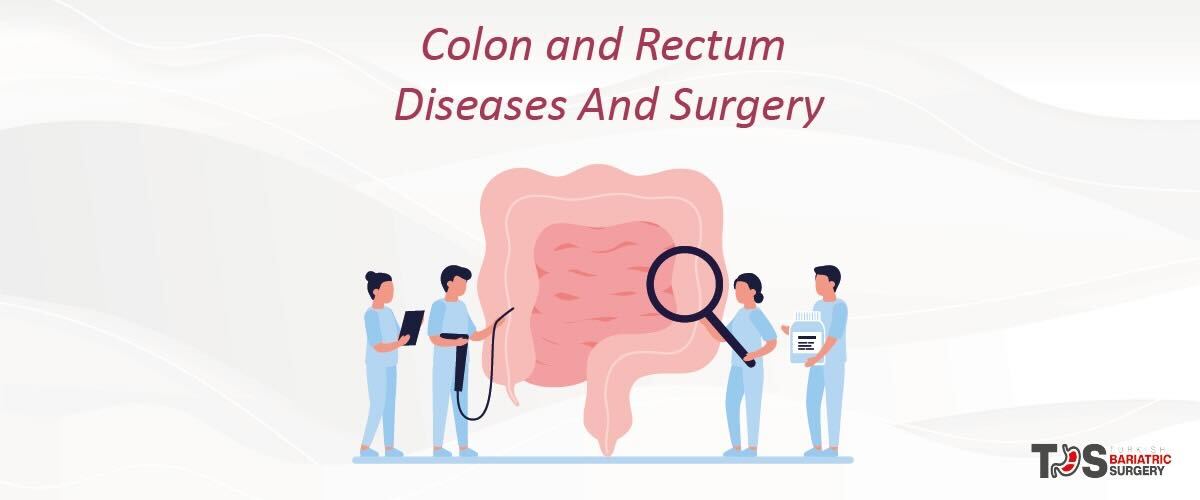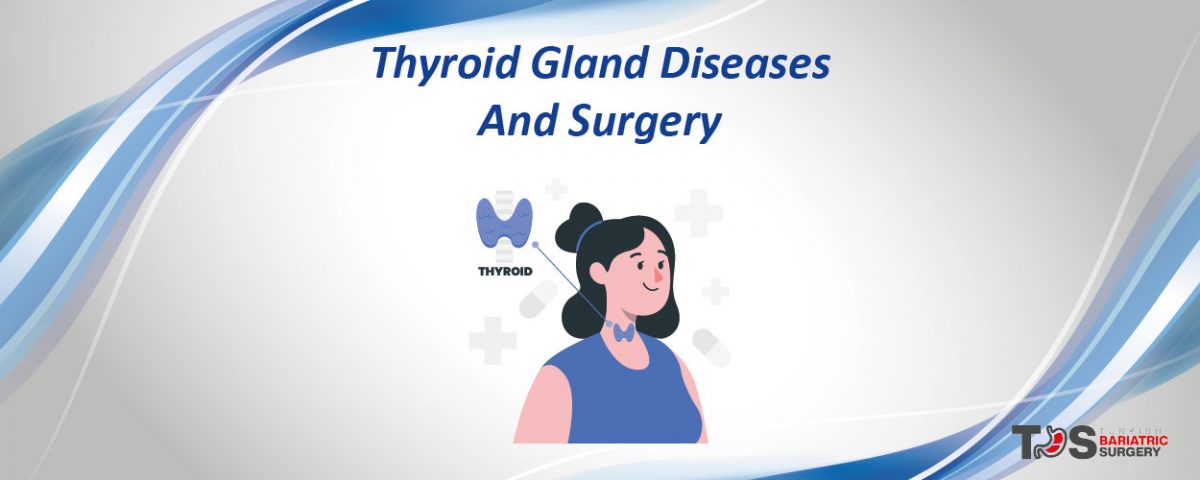Vaginal tightening surgeries are among the aesthetic applications frequently performed today. The vagina, which can expand due to age, pregnancy, childbirth or hormonal reasons, regains its former tightness with vaginal tightening operations.
Vagina deformations may occur in women for some reasons. One of these deformations is vaginal enlargement. Vaginal enlargement can negatively affect women’s sexual life. In addition, vaginal infections can be seen more frequently in case of vaginal enlargement. In order to prevent these and to restore the anatomy of the vagina, vaginal tightening surgery, vaginoplasty, is performed.
The vagina consists of muscle and connective tissue. These tissues can be affected and enlarged due to advancing age, genetic structure and pregnancy. Tears in the muscle and connective tissue can occur in difficult births and increase the risk of vaginal enlargement. In addition, the sound coming from the vagina during sexual intercourse can also affect people negatively.
Vaginoplasty takes an average of 1 hour under general anesthesia in a hospital environment. After the operation, the patient is discharged after staying in the hospital for 1 night on average.







